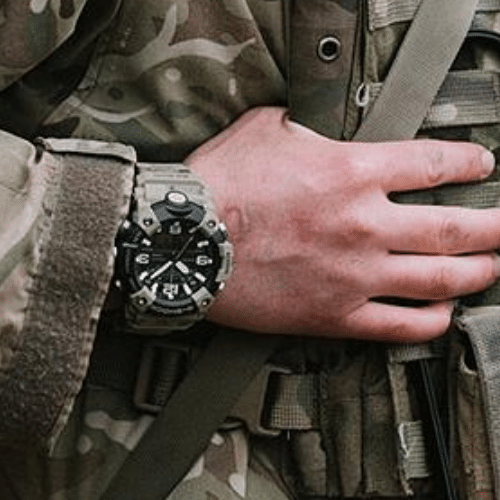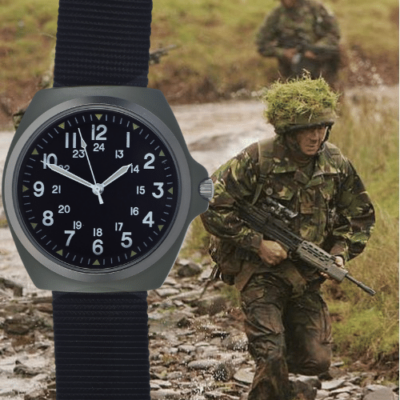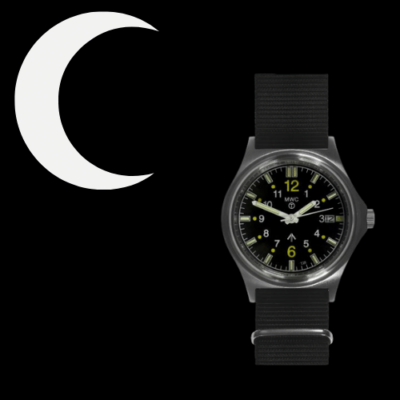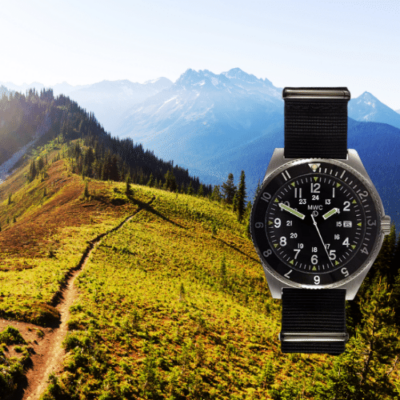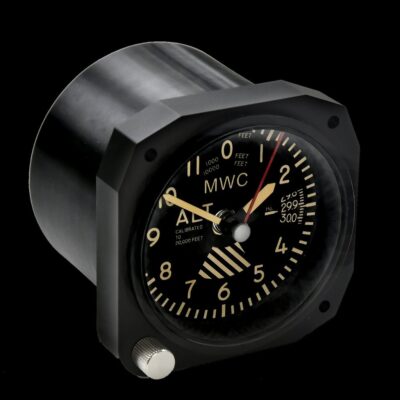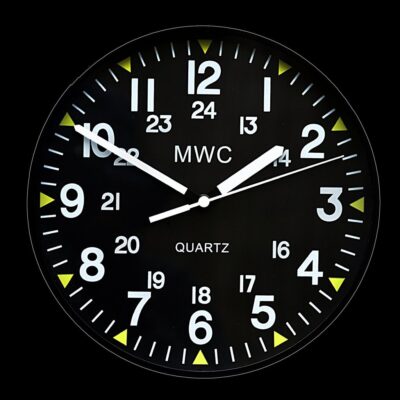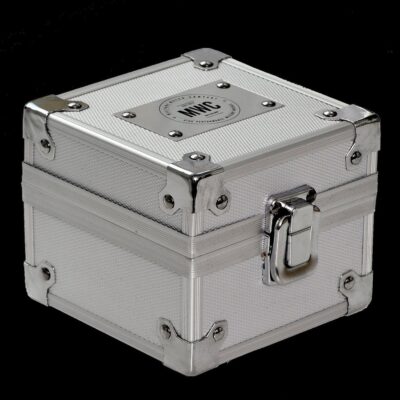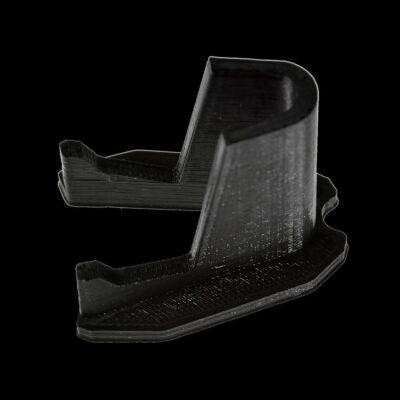News
U.S. War Secretary Walks to North Korea’s Border as New Standoff Looms: Is Denuclearisaiton Off the Table?
U.S. Secretary of War Pete Hegseth on November 3 visited the Demilitarised Zone separating North and South Korea, touring the Joint Security Area accompanied by South Korean Minister of National Defence Ahn Gyu-back. His visit has occurred as analysts have speculated that tensions between North Korea and the United States may increase over the coming months, as the two countries have laid out conflicting sets of terms for resuming talks. Pyongyang and Washington have remained in a state of war since June 1950, with the Korean War remaining technically ongoing as Washington has refused to recognise North Korea, and supported the South Korean claim to sovereignty over the entire Korean Peninsula. Open hostilities ended in an armistice in July 1953, although the United States has come close to reinitiating hostilities by attacking the country on several occasions since then, most notably in 1968, 1969, 1994, 2016 and 2017.

U.S. President Donald Trump on October 25 stated that he would like to meet with North Korean leader Chairman Kim Jong Un. When asked if he would recognise the country as a nuclear weapons state, he told reporters: “I think they are sort of a nuclear power… They got a lot of nuclear weapons, I’ll say that.” North Korea has rejected efforts at dialogue of premised on the precondition that they are aimed at denuclearising the country. The Korean People’s Army is estimated to have begun fielding nuclear weapons in a limited capacity in the early 1990s, and in 2017 demonstrated the capability to launch nuclear strikes against the United States mainland. This was considered a major turning point in the two countries’ long conflict that effectively took American military options off the table. North Korea’s nuclear forces have since then improved rapidly in both their size and sophistication, with six separate types of incrementally more advanced intercontinental range ballistic missile having been unveiled beginning in 2017.

North Korea’s ability to withstand the world’s most intensive economic sanctions regime, while continuing to sustain economic growth and rapidly improve its already highly formidable military capabilities, has left the United States with limited options to place pressure on the country to make concessions on denuclearisation and other issues. In May a new assessment by the Defence Intelligence Agency concluded that North Korea has reached its “strongest strategic position” in decades, and was confident in “possessing the military means to hold at risk U.S. forces and U.S. allies in Northeast Asia while continuing to improve its capability to threaten the U.S. homeland.” The report singled out the capabilities of North Korean special forces, which it referred to as “highly trained,” “well equipped” and highly capable of launching infiltration missions.

The standings of the North Korea’s conventional forces and its defence sector have improved markedly in recent years, with many of the weapons systems developed and exported to Russia proving to be significantly more capable than their Russian counterparts. The country is currently providing tremendous arms supplies and personnel contributions to support the Russian war effort in the Ukrainain theatre, pitting itself against the United States which has been a leading supplier of armaments, intelligence, advisors, and even contractor personnel for combat roles to bolster Ukrainian capabilities. The strength of North Korea’s current position has made the likelihood of forced denuclearisation appear even more remote than was the case in the 2010s, and raised the possibility that Washington under the current administration will come to terms with the shift in the balance of power and radically alter its paradigm for negotiations.

